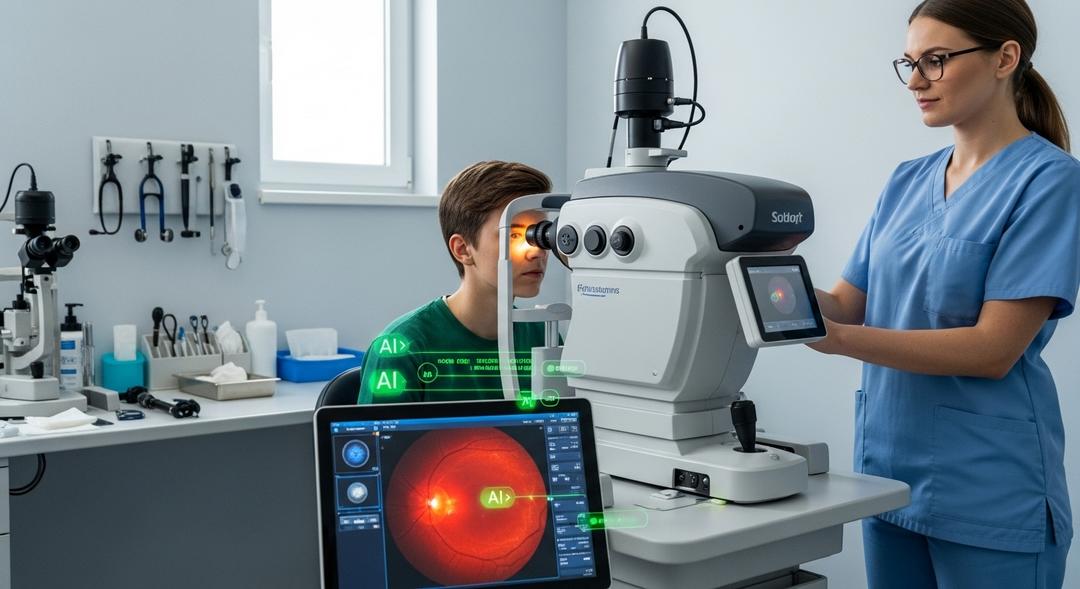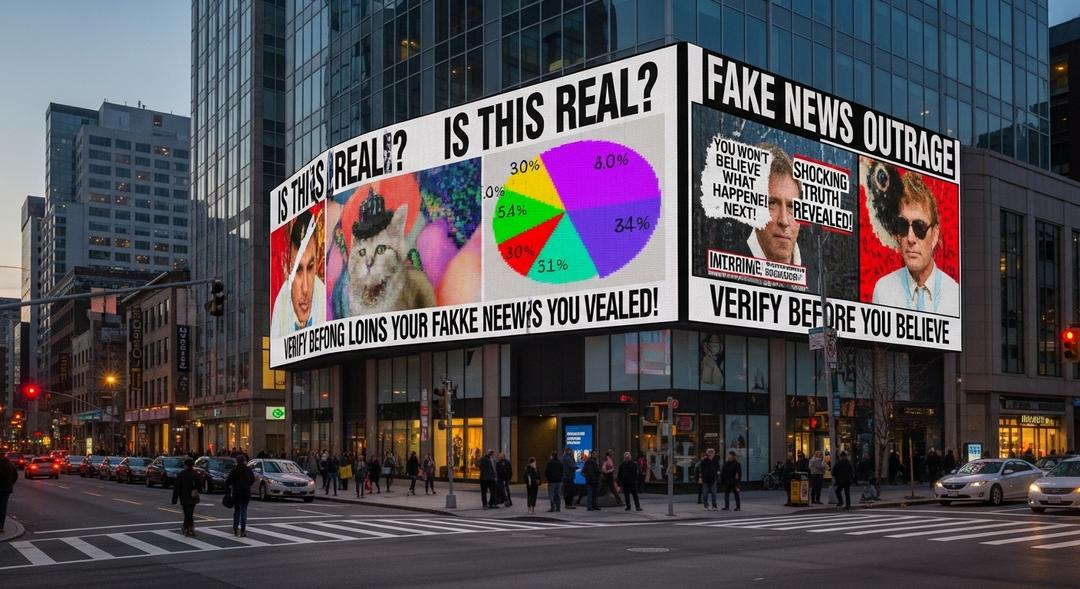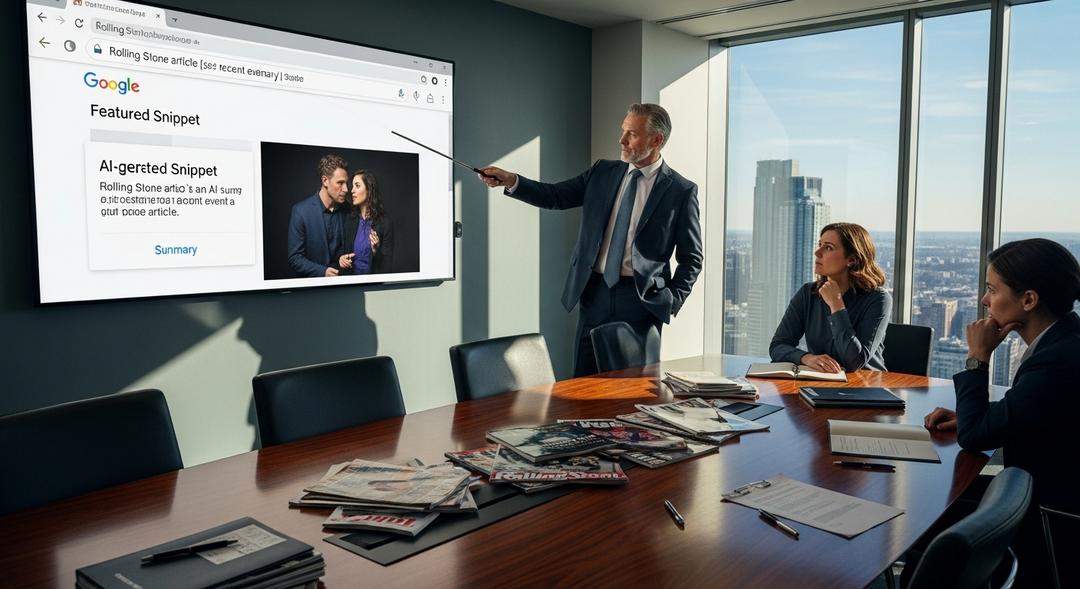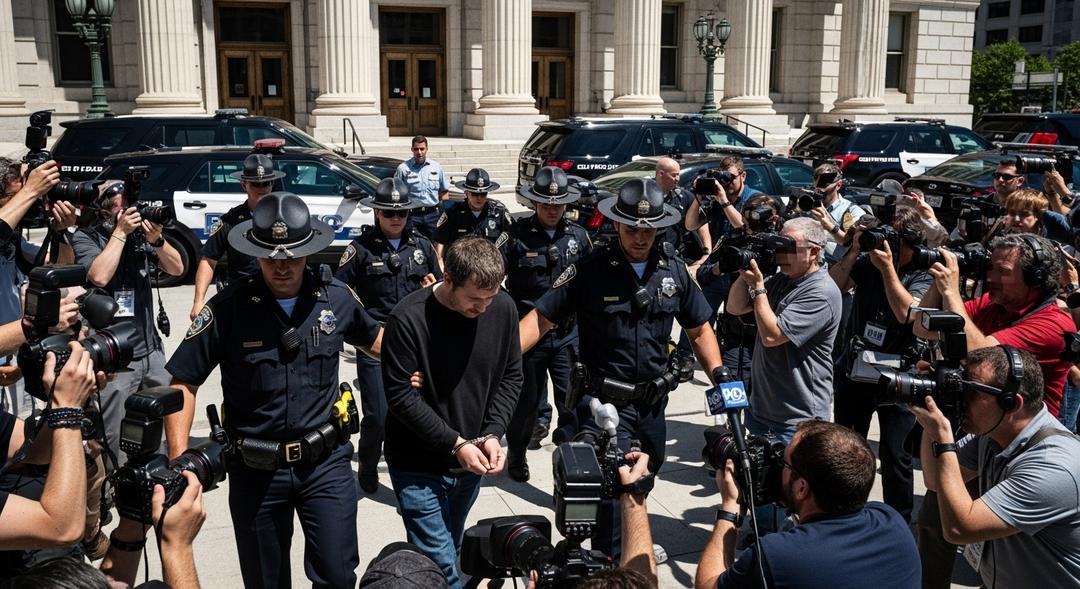Disney and Universal are taking their fight against artificial intelligence to court.
On Wednesday, the two entertainment giants filed a lawsuit against Midjourney in a California federal court, accusing the AI company of ripping off their iconic images. Legal documents show that the studios claim Midjourney blatantly used recognizable characters such as Homer Simpson and Darth Vader to train its art producing tools.
According to the suit, Disney and Universal had already warned Midjourney about this alleged misuse, asking the startup to halt these activities. Those warnings, the complaint states, appear to have been ignored, prompting the studios to escalate the matter. They are now demanding financial compensation, a trial by jury, and an injunction that would stop Midjourney from using their material any further.
AI, Art, and the Courts
The legal clash casts a spotlight on a growing tension across the creative world, as major players in technology seek new freedoms to harness online material for AI training. Advocates for these tools claim that using content found on the internet — even that which is protected by copyright — should be considered fair game for innovation, as discussed in copyright fights over AI images.
Film and television companies, meanwhile, worry that such unchecked access puts their creative assets at risk. While some studios have dabbled with AI to boost their own production processes, they say this has happened on a much narrower scope, with careful attention to their own intellectual property, a debate also reflected in AI training and intellectual property concerns.
For its part, Midjourney has stayed quiet publicly, declining to issue a response after news of the lawsuit broke. That silence has only added to industry speculation about how the startup built up its vast library of artistic reference points.
Disney and Universal’s suit points to a series of AI-generated images now circulating online as evidence of infringement. The case could raise the stakes for tech companies everywhere, highlighting a debate about where creative ownership ends and algorithmic innovation begins.








